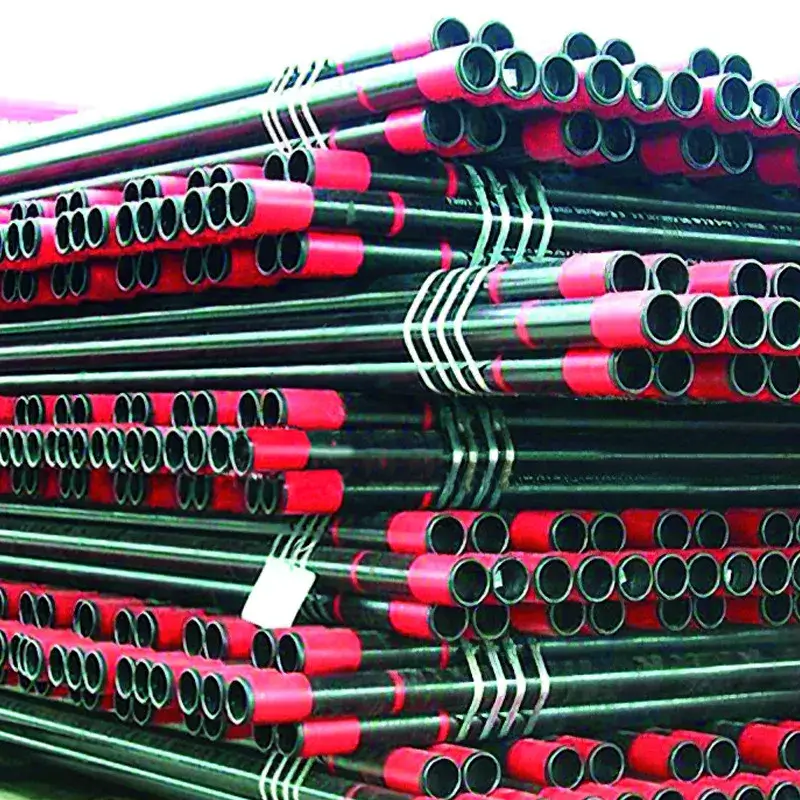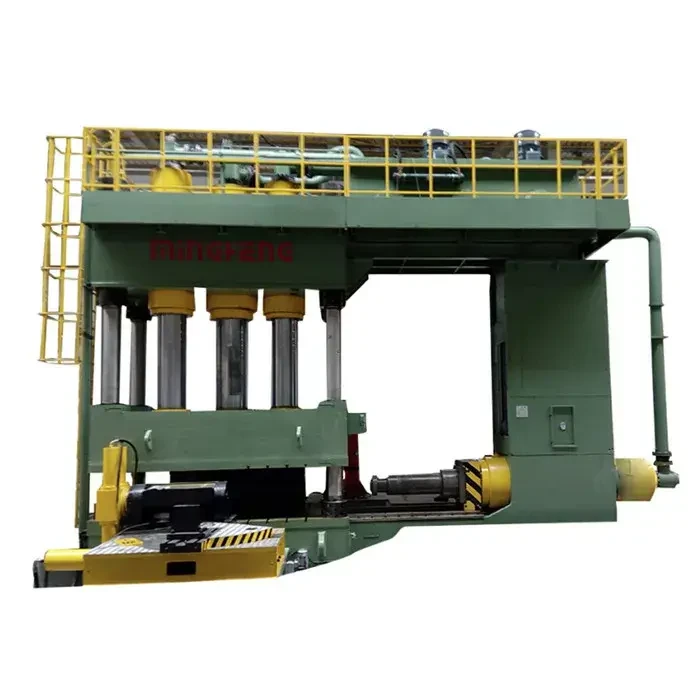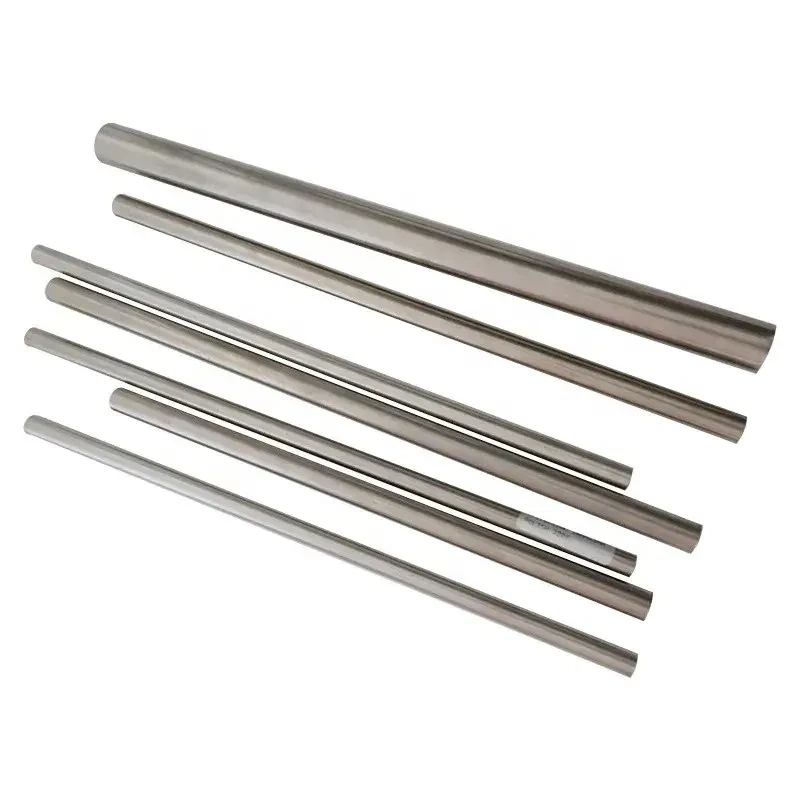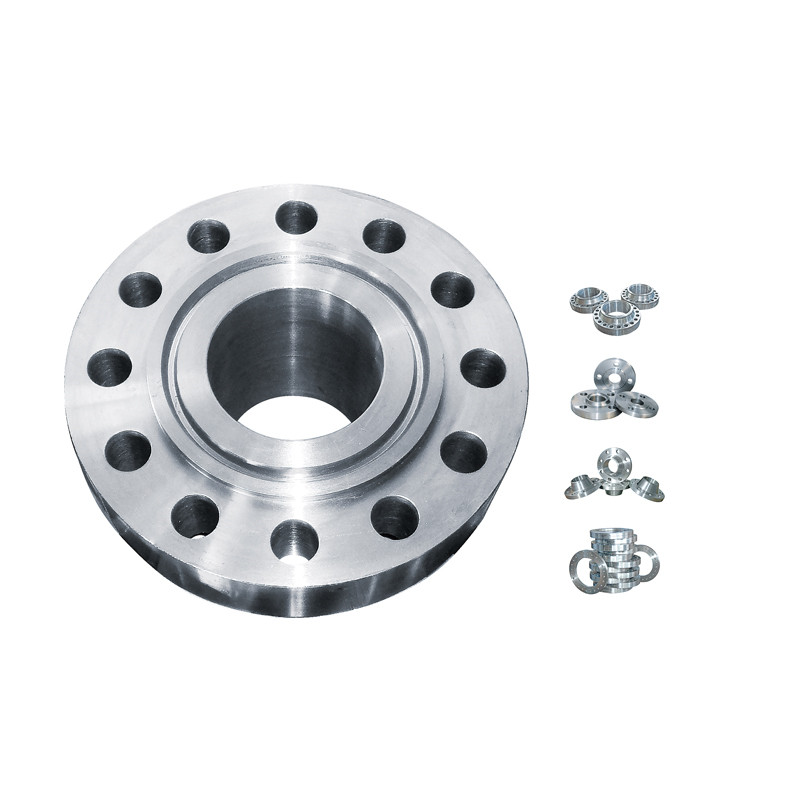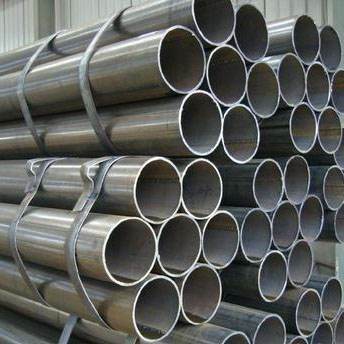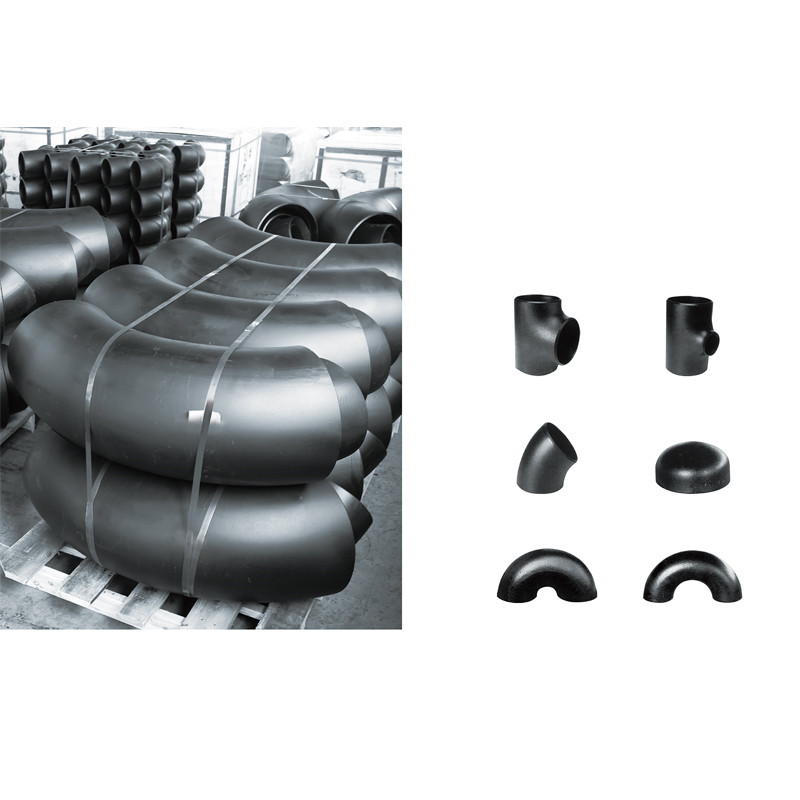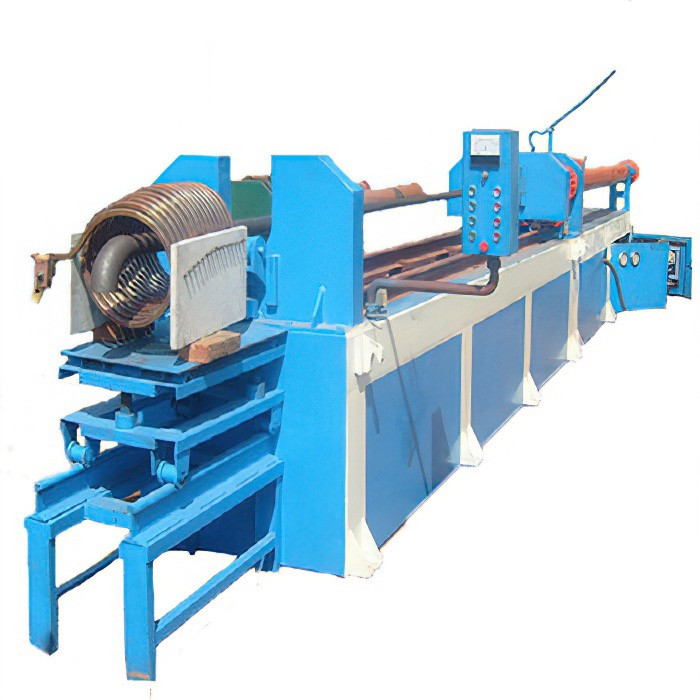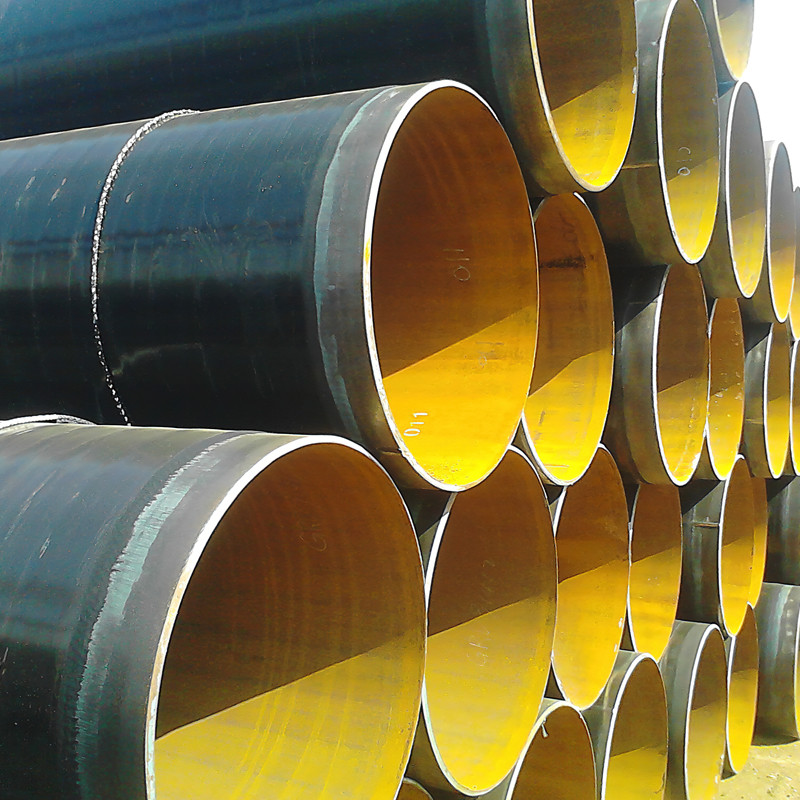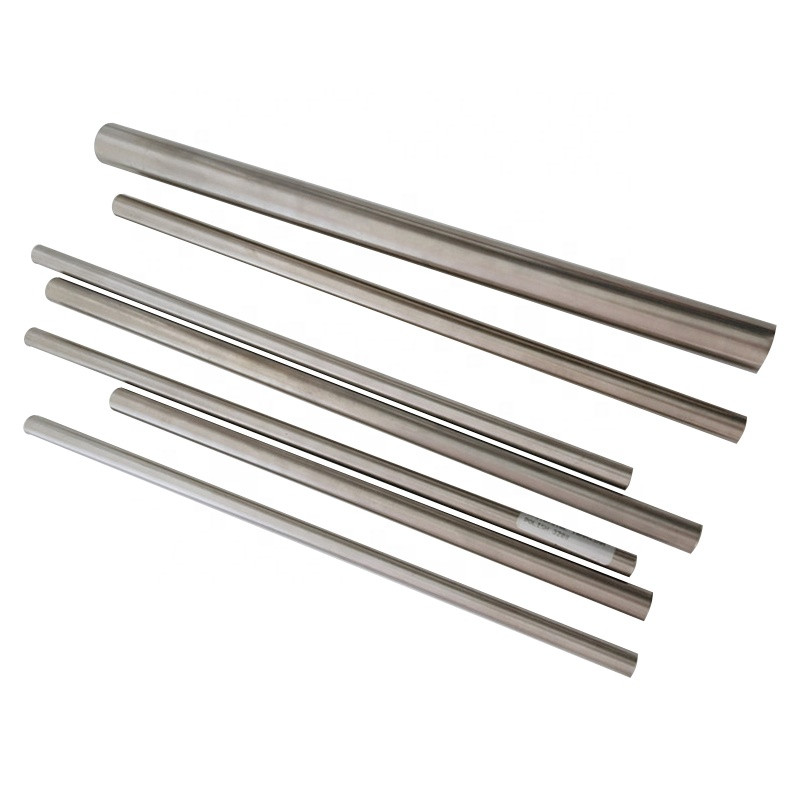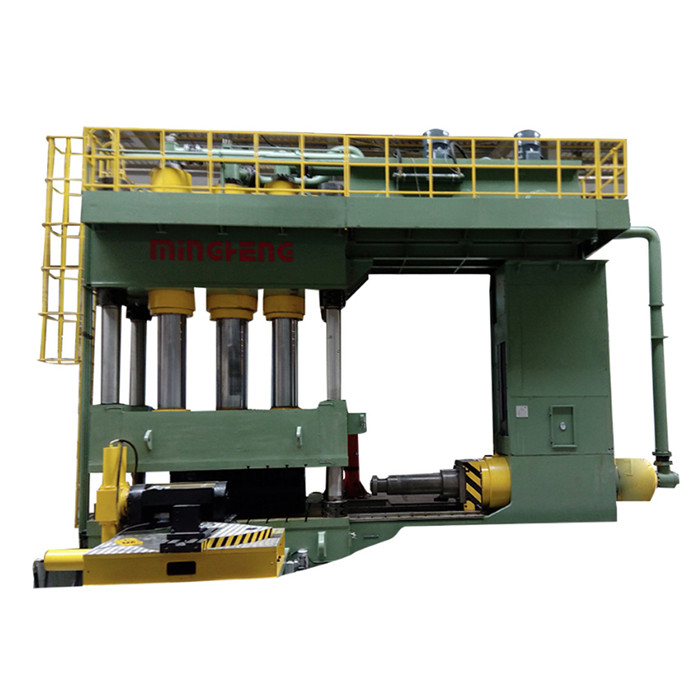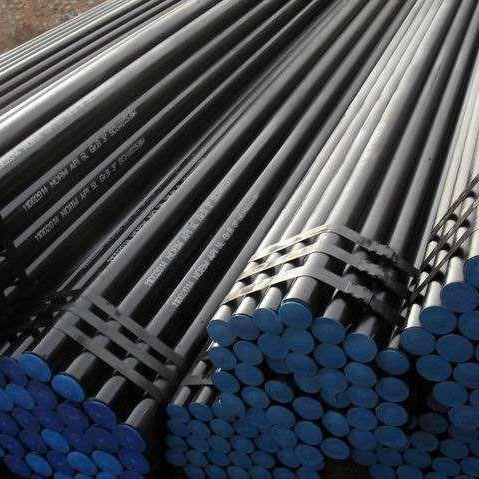Heat Exchanger Tube: What Buyers Are Really Asking in 2025
If you’ve ever scrambled to cut downtime on a refinery turnaround, you already know the humble heat exchanger tube can make or break a shutdown plan. Demand is rising—fueled by district heating upgrades, desalination, and, frankly, the never-ending march toward higher efficiency. To be honest, many customers tell me they want two things: dependable metallurgy and predictable lead times. Everything else is noise.

At a Glance: Specs That Matter
This series follows JIS G3461/G3462 for boiler and exchanger service. Grades include STB340, STB410, STB510, STBA12, STBA13, STBA20, STBA22, STBA24. Origin: Rm 1103, Shangpintaihu Bld 3#, Tongzhou District, Beijing. In practice, engineers pick STB grades for low/medium temp and STBA for higher temp or corrosive duty.
| Parameter | Typical Range (≈) | Notes |
|---|---|---|
| Outside Diameter | 10–76.2 mm | Other sizes on request; real-world use may vary |
| Wall Thickness | 1.0–10 mm | Heavy walls available for re-tubing |
| Lengths | Up to 19 m | Cut-to-length, end beveling, U-bending |
| Standards | JIS G3461/G3462; EN 10216-2 (approx.); ASME SA-213/210 | MTC EN 10204 3.1 available |
| NDT & Tests | Eddy current, UT, hydrostatic | Per JIS/ASTM E213; flattening & flaring per JIS |
| Finish | Pickled, oiled, or bright | Plastic end caps, export packing |
Process Flow (how it’s actually made)
Material melt → billet inspection → hot rolling or piercing → cold drawing → normalization/annealing (grade-dependent) → pickling → sizing → straightening → cutting → NDT (eddy/UT) → hydro test (typ. up to 20–25 MPa depending on OD/WT) → PMI for alloy grades → marking & packing. Service life? Around 10–20 years in treated water. In harsher chloride streams, I guess you’ll want corrosion allowance and rigorous water chemistry control.
Where these tubes work best
- Refineries and petrochem (shell-and-tube, reboilers)
- Power boiler economizers and condensers
- District heating and HVAC chiller bundles
- Desalination preheaters, fertilizer plants, pulp & paper

Quality, Testing, and Certifications
Third-party witness is available. Eddy current and UT per ASTM E213; hydrostatic per JIS G3461/3462. Dimensional checks per JIS. Typical documentation pack: MTC 3.1, traceable heat numbers, PMI for STBA grades, ISO 9001 quality management. Many customers say the documentation comes clean and fast, which, surprisingly, reduces site delays.
Vendor Comparison (quick buyer’s view)
| Item | World Steel Material (Beijing) | Vendor A | Vendor B |
|---|---|---|---|
| Key Grades | STB340/410/510; STBA12/13/20/22/24 | Limited STB focus | Alloy-heavy lineup |
| Lead Time (≈) | 3–6 weeks common sizes | 6–10 weeks | 4–8 weeks |
| Certs/Docs | ISO 9001, MTC 3.1, PMI | MTC 2.2/3.1 | ISO 9001/14001 |
| Customization | U-bending, finning coordination, tight OD/WT | Standard only | Selective |
Real-world notes, case briefs, and feedback
- Chemical plant retrofit: STBA22 tubes with controlled sulfur and normalized finish cut fouling rates; operators reported easier cleaning and steadier ΔT after 9 months.
- District heating loop: STB410 bundle, hydro tested at 22 MPa, passed on first go; contractor said packing prevented transit dents (a common headache).
- Desalination preheater: STBA24 specified; eddy current 100% + UT spot checks reduced surprise leaks during commissioning.
Customization? Yes—tight ovality for roller expansion, special bevels, segment marking, and bundle mapping. If you need alloy upgrades or duplex alternatives, say the word; but for many duties, a strong heat exchanger tube in STB/STBA meets spec without overpaying.
Trends I’m seeing
Shorter project cycles, tougher QA, and a drift toward lifecycle costing. In fact, buyers increasingly ask for combined NDT (eddy + UT) and data transparency. It seems that even modest upgrades in cleanliness and end finishing can pay back in the first maintenance cycle.
Standards & References
Post time: Oct . 08, 2025 22:50



